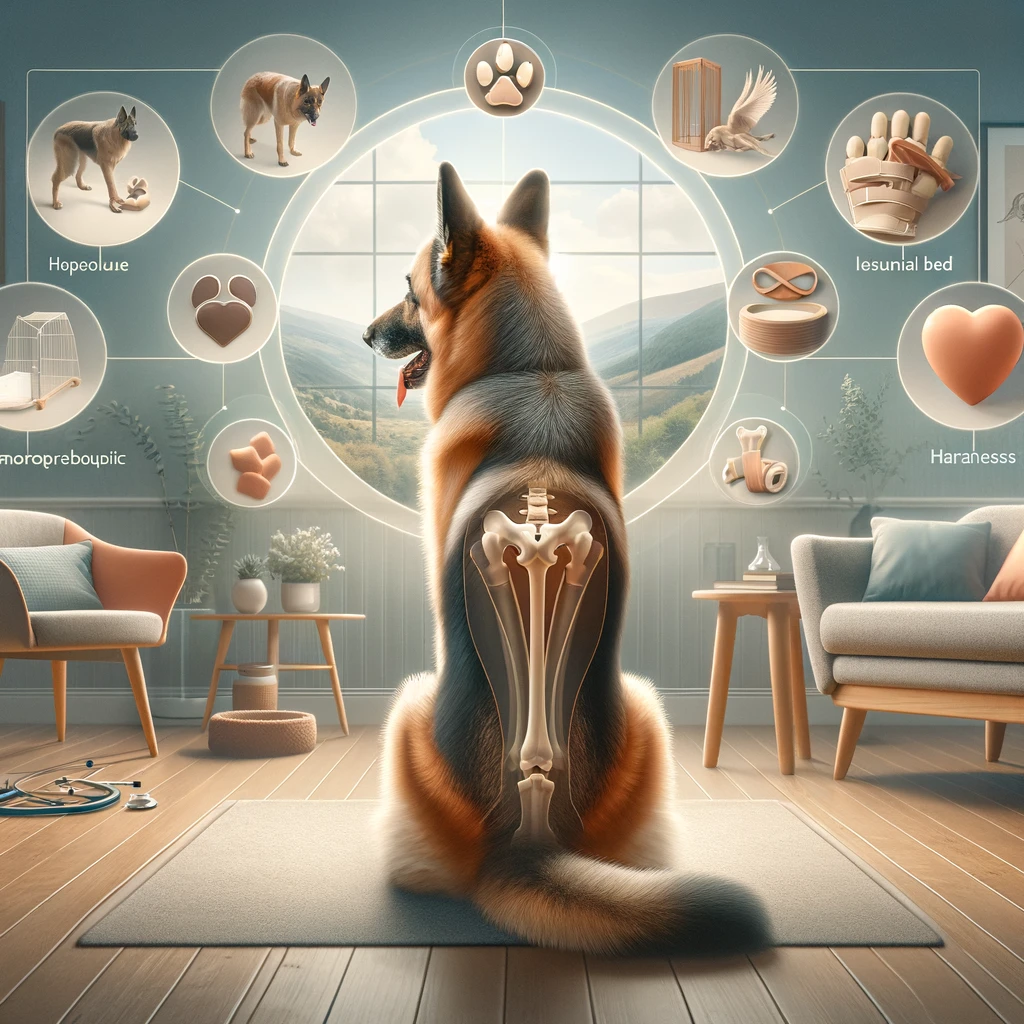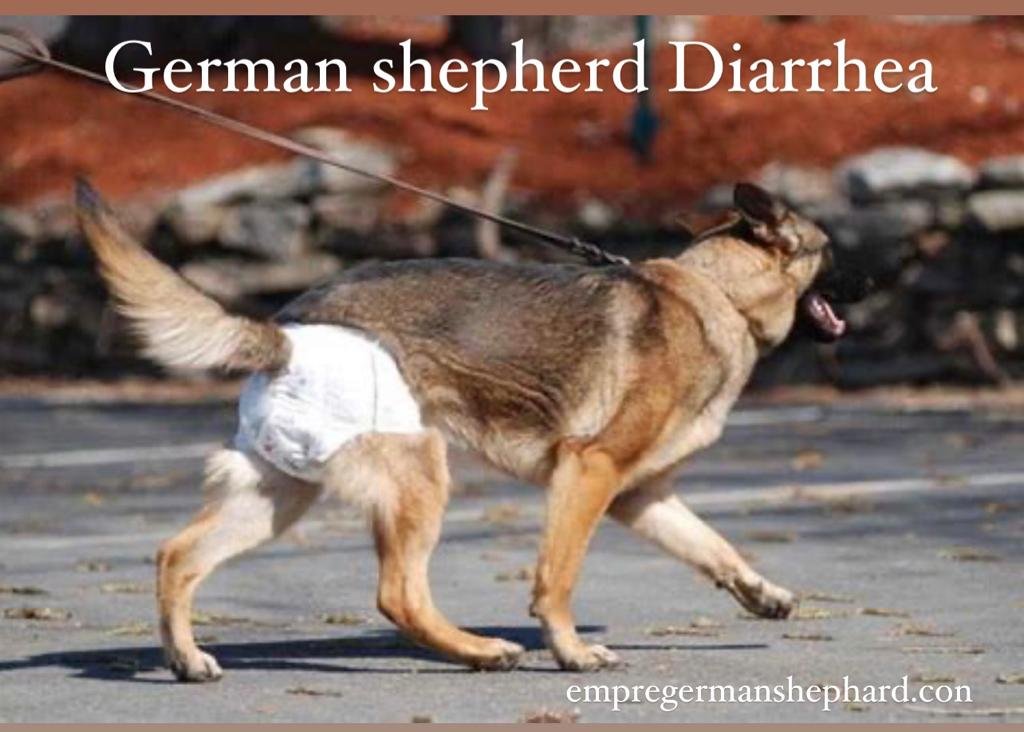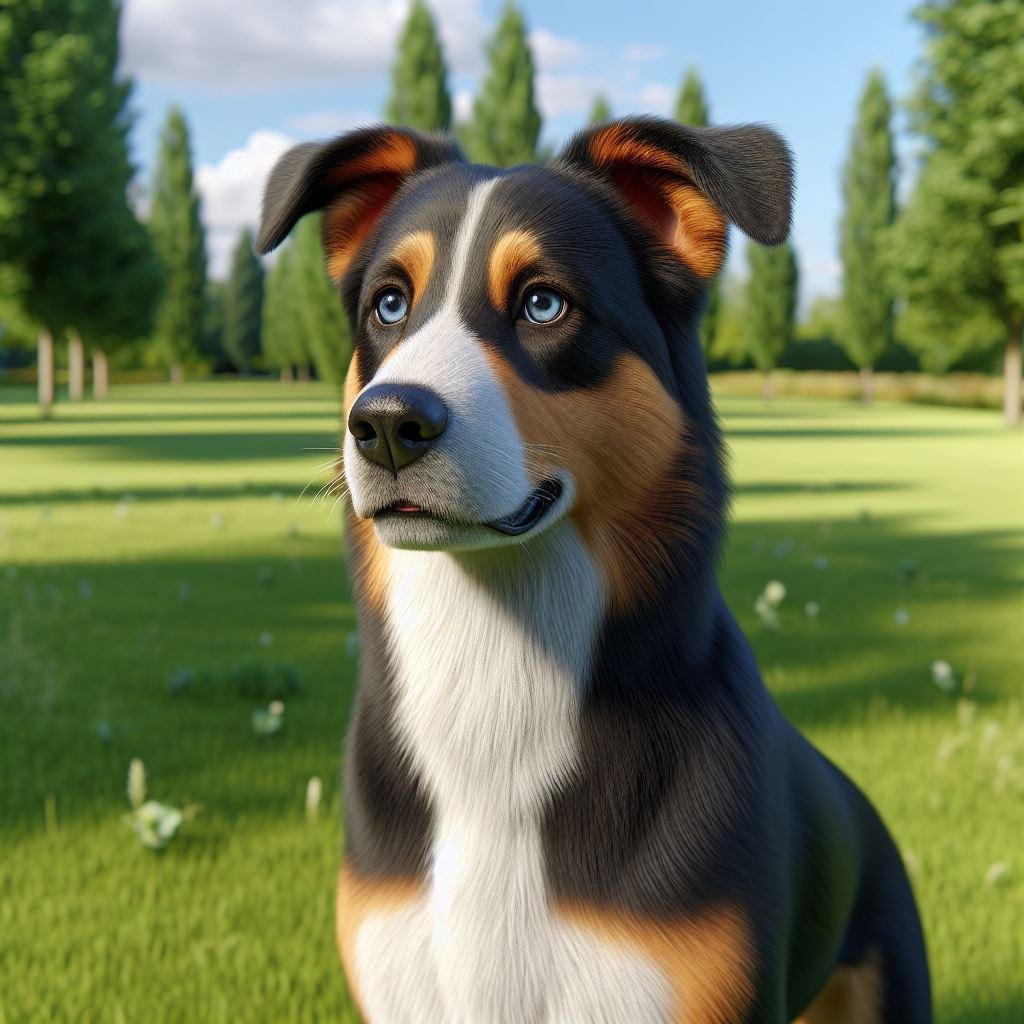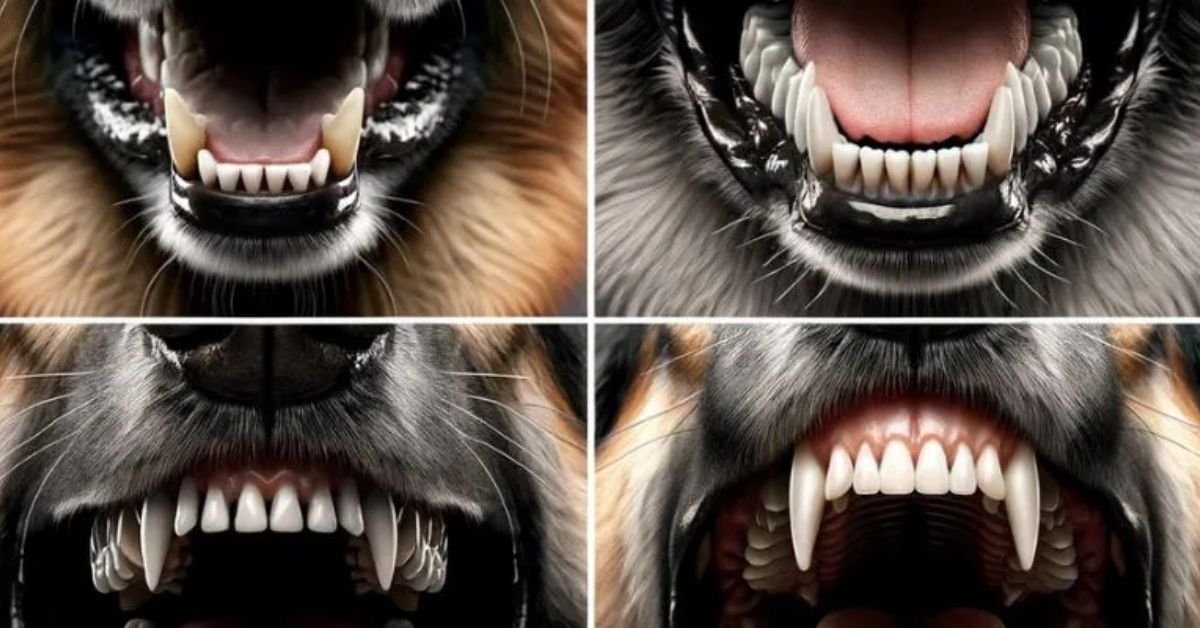German Shepherd health problems with back legs
As someone passionate about the well-being of dogs, mainly German Shepherds, I’ve observed that they can face various mobility challenges as they enter their older years. German Shepherd health problems with back legs are especially prevalent in this breed and warrant extra attention and care. As these majestic animals age, the wear and tear on their joints can significantly affect their ability to perform routine daily activities. This can lead to changes in their mood and appetite, ultimately impacting their overall quality of life. In this article, we’ll dive deeper into the typical back leg problems that plague German Shepherds and offer ways for owners to help manage their faithful companion’s condition. Why are German Shepherds’ back legs prone to problems? One of the most heartbreaking German Shepherd’s health problems and leg conditions is degenerative myelopathy, a progressive spinal cord issue that affects older dogs. This disease can strip a German Shepherd of its hind leg function, often manifesting as weakness in the back legs that can worsen to the point where the dog can’t walk. Alongside degenerative myelopathy, hip dysplasia and osteoarthritis are also prevalent, leading to pain, stiffness, and reduced mobility. These joint conditions are why a properly balanced diet and exercise are pivotal in managing a German Shepherd’s back leg health. Additionally, massage can be a therapeutic way to relieve fatigue and pain, comforting our noble companions when they suffer from these common problems. Are these diseases particularly prevalent in German Shepherds with health problems with their back legs? Disease Description Common Symptoms Treatment Options Hip Dysplasia genetic condition causing improper hip joint formation, leading to arthritis. Limping, difficulty rising, and reluctance to run or jump. Weight management, anti-inflammatory medications, physical therapy, and surgery in severe cases. Degenerative Myelopathy A progressive spinal cord disease leading to paralysis of the back legs. Weakness in the back legs, difficulty walking, paralysis. There is no cure, but supportive care can help maintain a good quality of life. Panosteitis inflammation of the long bones in the legs, known as “growing pains.” Limping, pain when touching the affected leg. Pain management typically resolves as the dog matures. Cauda Equina Syndrome It affects the nerve roots near the tail end of the spinal cord, causing pain and difficulty in movement. Pain, lameness, and difficulty standing or walking. Anti-inflammatory medications, physical therapy, and surgery in severe cases. Cruciate Ligament Tear Tear in one of the knee joint’s ligaments, leading to lameness and pain. Sudden lameness in one leg, swelling around the knee. Rest, anti-inflammatory medications, and surgery, depending on severity. German Shepherds are distinctively recognized for their firm, muscular construct, and iconic stance, wherein their hind legs seem more bent than the ones of an ordinary dog. This isn’t merely a beauty distinction but a trait deliberately bred into them, precisely due to breed requirements set with the aid of companies and the American Kennel Club (AKC). The requirements prefer a steeper angulation inside the hindquarters, with a few dogs showing nearly a 90-degree bend at the hock. While this particular angulation contributed to the breed’s powerful gait and became traditionally valued for operating roles, it can cause multiplied wear and tear on the joints. This structure makes German Shepherds vulnerable to critical leg troubles as they age. Studies have shown that German Shepherds are 5 times more likely to expand hip dysplasia than breeds like Labradors, Rottweilers, and Golden Retrievers due to the steeper perspective in their hocks, which places extra strain at the knee because it connects with the ground. Through the years, this stress can exacerbate joint problems, leading to aches and other hind leg complications. Degenerative Myelopathy Degenerative myelopathy (DM) is a debilitating neurological disease that is unfortunately quite common in German Shepherds. It typically occurs in older dogs, often around eight years of age, although it can sometimes emerge at a younger age. An estimated 2% of German Shepherds are affected by DM, a condition characterized by a gradual loss of control over their hind legs. As the disease progresses, affected dogs may also lose urinary and bowel functions and eventually develop paralysis. I’m sorry, I didn’t understand what you meant. You repeated the exact text you asked me to rewrite earlier. Please provide me with more context or information so that I can assist you better. There, owners can take steps to reduce their GSD’s suffering as the condition advances. Treatment options are primarily aimed at maintaining quality of life. Under vet supervision, regular exercise can help preserve muscle strength and mobility for as long as possible. Unfortunately, most dogs with DM will lose function within six months to two years following their diagnosis. Owners must work closely with their veterinarians to provide their dogs with the care and support they need during this challenging time. Hip Dysplasia Hip dysplasia is a concerning joint disease that often besieges German Shepherds, particularly affecting their back legs. In a fit and healthy dog, the hip joint ball glides smoothly within the socket. However, this ball and socket do not fit snugly for those with hip dysplasia, causing the bone to rub and grind rather than slide smoothly. This can result in the joint wearing down over time, leading to pain and difficulty in movement. Owners might notice telltale signs such as a wobbly gait, lameness or limping, and a decreased range of motion when the dog is walking. The common causes of hip dysplasia are multifold, often rooted in genetics, but can also be aggravated by leg trauma and certain environmental factors. Treatment options vary depending on the dog’s age and the severity of the joint misalignment. In extreme cases, the dog may lose function in the affected leg and require a wheelchair for support. Interventions aim to lessen the pressure on the hips and make walking, running, and playing more accessible for the German Shepherd. This can include controlled exercise, weight management, anti-inflammatory medications, physical therapy, and surgical correction in some severe cases. Osteoarthritis Osteoarthritis is a progressive … Read more









